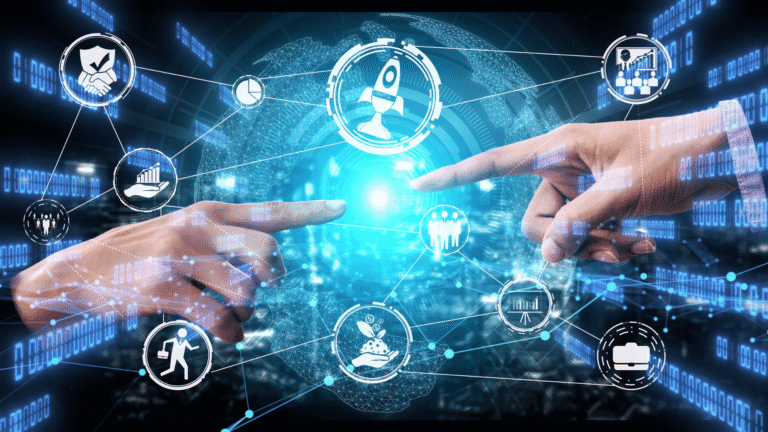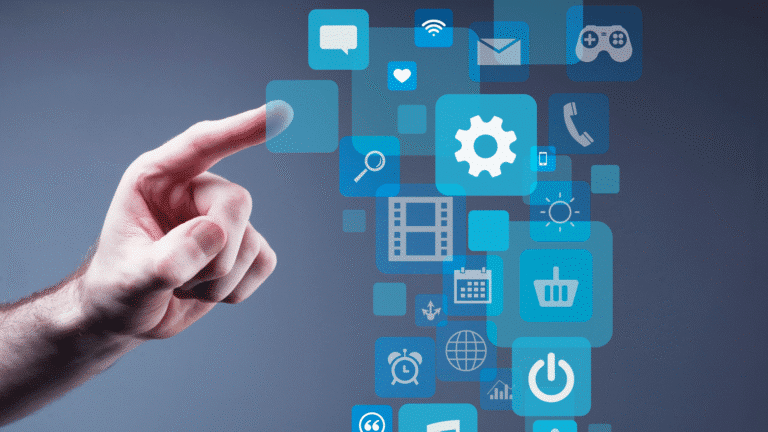Scientific research has always been about navigating the vast landscape of existing knowledge to push the boundaries of what we know. In the past, this meant painstaking bibliographic searches through academic databases, journals, and patents. Today, Generative AI (GenAI) has dramatically accelerated this process—especially with its ability to process and summarize massive volumes of scientific and technical information in seconds.
But there’s a caveat. While GenAI can explore and synthesize complex scientific domains faster than ever before, it is also prone to hallucinations—fabricating publications, misattributing findings, or presenting plausible-sounding but incorrect results. This means researchers can’t simply take AI-generated content at face value.
That’s why connecting GenAI to trusted scientific publication databases and external expertise—in other words, combining it with AI-powered Open Innovation platforms like ideXlab—is becoming a new, fast-evolving way to conduct reliable, cutting-edge research.
Why GenAI Alone Isn’t Enough for Scientific Research
During my PhD, I relied on tools like Google Scholar, PubMed, and ScienceDirect to find relevant literature. These were invaluable, but also incomplete—they couldn’t help me:
- Rank results based on my specific context or needs
- Identify fresh, relevant keywords to expand my research scope
- Save and structure documents for collaborative projects
- Contact authors directly without waiting for a conference
- Integrate patents, company information, and expert networks into my search
GenAI has improved some of these aspects by summarizing, clustering, and suggesting new leads. However, because large language models are trained on vast, imperfect datasets, they can:
- Invent citations that don’t exist
- Blend together results from unrelated studies
- Misinterpret statistical findings
- Present outdated knowledge as current
In high-stakes scientific research, this is unacceptable—accuracy matters as much as speed.
The Role of AI-Powered Open Innovation Platforms
This is where platforms like ideXlab make a decisive difference. Instead of pulling from random internet sources, ideXlab connects directly to verified, peer-reviewed publication databases, patent registries, and corporate knowledge repositories.
Key advantages:
- Source reliability – Publications come from vetted scientific publishers, open-access archives, and patent offices, ensuring factual accuracy.
- Expert prioritization – ideXlab ranks authors, not just documents, so you find the people doing the most relevant, up-to-date work.
- Contextual search – Advanced semantic search identifies not only articles but also relevant patents, companies, and potential partners.
- Direct contact – Built-in tools to reach experts, saving months of networking.
When integrated with GenAI, this creates a powerful dual system:
- GenAI → Rapid ideation, summarization, hypothesis generation.
- ideXlab → Verification, expansion, and expert engagement.
A New, Faster Model for Scientific Research
Here’s how this combined approach works in practice:
- Start with GenAI for exploration
- Quickly map the scientific landscape of your topic.
- Generate lists of relevant concepts, technologies, and potential directions.
- Verify with ideXlab’s trusted sources
- Check AI-generated references against peer-reviewed databases.
- Identify patents and companies working in your area.
- Engage experts directly
- Contact the most relevant researchers to discuss your questions or collaborate.
- Iterate rapidly
- Feed verified new findings back into GenAI for further synthesis and brainstorming.
Conclusion: The Future of Scientific Research is Hybrid
Generative AI is transforming how we explore science and technology—offering unprecedented speed and breadth. But in research, speed without reliability is a liability.
By pairing GenAI’s exploratory power with AI-enabled Open Innovation platforms like ideXlab, researchers get the best of both worlds:
- Creativity and discovery at AI speed
- Verified, peer-reviewed knowledge
- Direct pathways to real-world expertise and collaboration
This hybrid model isn’t just a tool upgrade—it’s a new research paradigm that will define the next decade of scientific progress.










